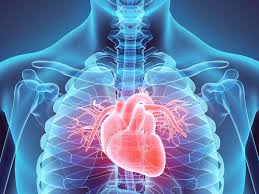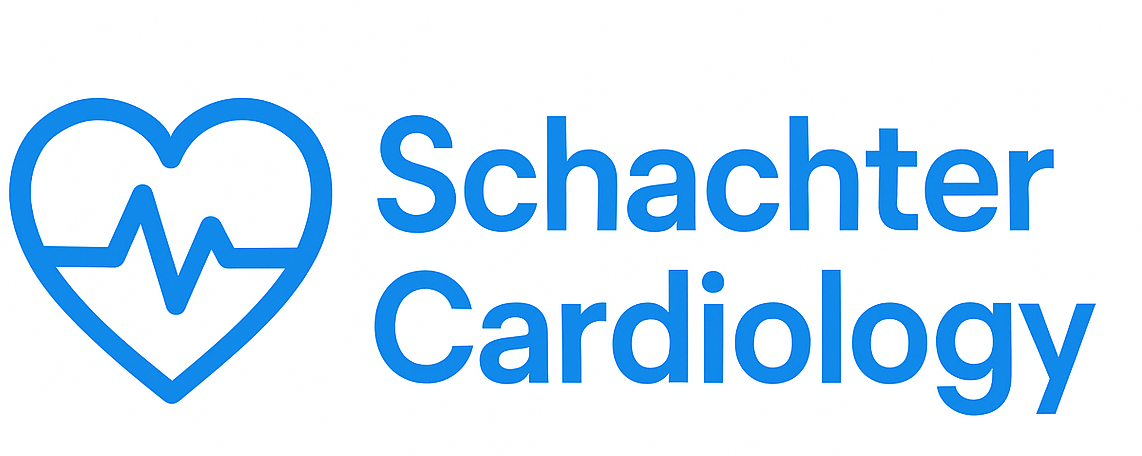
Navigating the Complexities of Heart Disease: A Comprehensive Overview
Heart disease remains one of the leading causes of death globally, affecting millions of lives. Understanding its complexities can empower individuals to take proactive steps in managing their heart health. In this blog post, we will explore the various types of heart disease, their risk factors, symptoms, and treatment options.
What Is Heart Disease?
Heart disease encompasses a range of conditions that affect the heart’s structure and function. These conditions include coronary artery disease, heart rhythm disorders, and heart defects, among others. Each type of heart disease has its own causes, symptoms, and treatment approaches.
Types of Heart Disease
There are several forms of heart disease:
- Coronary Artery Disease (CAD): The most common type, CAD occurs when the arteries that supply blood to the heart become narrowed or blocked, often due to plaque buildup.
- Heart Attack: A heart attack occurs when blood flow to a part of the heart is blocked, leading to damage of the heart muscle.
- Heart Failure: This condition means the heart cannot pump enough blood to meet the body’s needs, which can lead to fluid buildup and other complications.
- Arrhythmias: These are irregular heartbeats that can cause the heart to beat too fast, too slow, or erratically.
- Valvular Heart Disease: This involves damage to the heart valves that control blood flow within the heart.
- Congenital Heart Defects: These are heart structural problems present at birth.
Risk Factors for Heart Disease
Several risk factors can contribute to the development of heart disease, including:
- High Blood Pressure: Often referred to as the silent killer, hypertension can damage blood vessels and lead to heart disease.
- High Cholesterol Levels: Elevated levels of low-density lipoprotein (LDL) cholesterol can lead to plaque buildup in arteries.
- Smoking: Tobacco use is a major risk factor that harms blood vessels and reduces oxygen in the blood.
- Diabetes: Poorly managed diabetes increases the risk of heart disease significantly.
- Obesity: Excess weight can lead to conditions such as high blood pressure and diabetes, increasing heart disease risk.
- Physical Inactivity: A sedentary lifestyle contributes to weight gain and other risk factors.
- Unhealthy Diet: A diet high in saturated fats, trans fats, and sugars can increase heart disease risk.
- Family History: A family history of heart disease can indicate a higher risk for individuals.
- Age: The risk of heart disease increases with age, particularly for men over 45 and women over 55.
- Stress: Chronic stress may contribute to heart health issues.
Symptoms to Watch For
Recognizing the symptoms of heart disease is crucial for early detection and treatment. Common symptoms may include:
- Chest pain or discomfort
- Shortness of breath
- Fatigue
- Heart palpitations
- Lightheadedness or dizziness
- Swelling in the legs, ankles, or feet
It’s important to note that symptoms may vary between individuals and can be subtle. In some cases, heart disease may be asymptomatic until a serious event, such as a heart attack, occurs.
Diagnosis of Heart Disease
Diagnosing heart disease typically involves a combination of the following:
- Medical History: A healthcare provider will review your medical history and risk factors.
- Physical Examination: A physical examination may reveal signs of heart disease.
- Diagnostic Tests: Tests such as electrocardiograms (EKG), echocardiograms, stress tests, and blood tests can provide valuable information.
- Imaging Studies: Imaging techniques like CT scans or MRIs can help visualize the heart’s structure.
Treatment Options for Heart Disease
When it comes to treating heart disease, options may vary based on the type and severity of the condition. Common treatment approaches include:
- Lifestyle Changes: Adopting a heart-healthy lifestyle, including a balanced diet, regular exercise, and smoking cessation, is often the first step.
- Medications: Various medications can help manage symptoms, lower cholesterol, control blood pressure, and prevent blood clots.
- Medical Procedures: In some cases, procedures such as angioplasty, stent placement, or bypass surgery may be necessary to improve blood flow.
- Cardiac Rehabilitation: A structured program that includes exercise, education, and counseling to help heart disease patients recover and improve their overall health.
Preventing Heart Disease
Preventing heart disease is possible through various lifestyle modifications:
- Healthy Eating: Focus on a balanced diet rich in fruits, vegetables, whole grains, lean proteins, and healthy fats.
- Regular Exercise: Aim for at least 150 minutes of moderate aerobic activity or 75 minutes of vigorous activity each week.
- Avoid Smoking: If you smoke, seek assistance to quit.
- Manage Stress: Engage in stress-reducing activities such as yoga, meditation, or hobbies.
- Routine Health Check-ups: Regular screenings for blood pressure, cholesterol, and diabetes can help catch risk factors early.
Conclusion
Understanding heart disease is essential for everyone, as it can affect individuals regardless of age or background. By learning about the risk factors, symptoms, and treatment options, you can take proactive steps to maintain your heart health. Always consult a healthcare provider for personalized advice and regular check-ups to foster a healthier future.
Remember, prevention and early detection are key in the fight against heart disease.
Disclaimer: This blog post is for informational purposes only and should not be considered medical advice. Always consult a qualified healthcare provider for any health concerns or questions.
Disclaimer: This article is for educational purposes only and does not constitute medical advice. Always consult a qualified healthcare professional.
